For aspiring pilots and aviation enthusiasts, the journey to becoming a skilled aviator often begins with a crucial question: What is the effortless plane to learn to fly? While no aircraft is truly “effortless” to master, some planes are decidedly more forgiving and user-friendly for novice pilots. In this article, we’ll explore the top contenders for the title of most accessible training aircraft, helping you kickstart your flying career with confidence.
The Cessna 172 Skyhawk: A Time-Tested Favorite
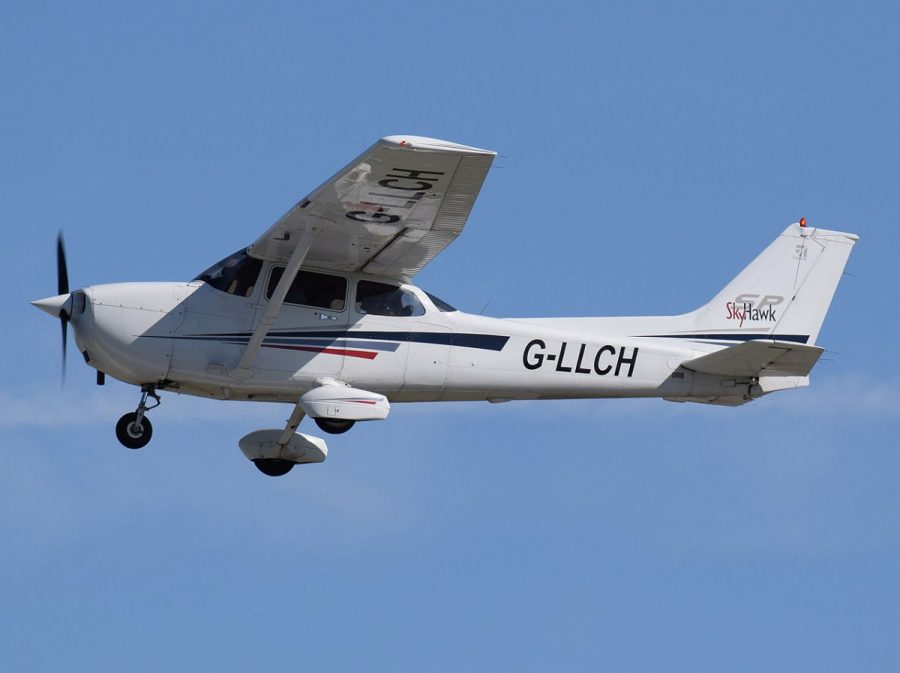
Photo credit: facebook.com
When it comes to beginner-friendly aircraft, the Cessna 172 Skyhawk stands out as a perennial favorite. This single-engine, high-wing plane has been a staple in flight schools for decades, and for good reason. Its stable flight characteristics, forgiving nature, and excellent visibility make it an ideal platform for new pilots to build their skills.
The Skyhawk’s simple design and intuitive controls allow students to focus on mastering fundamental flying techniques without being overwhelmed by complex systems. Its high-wing configuration provides natural stability and lift, making it easier to maintain level flight and execute basic maneuvers.
Piper PA-28 Cherokee: Versatility and Ease of Handling
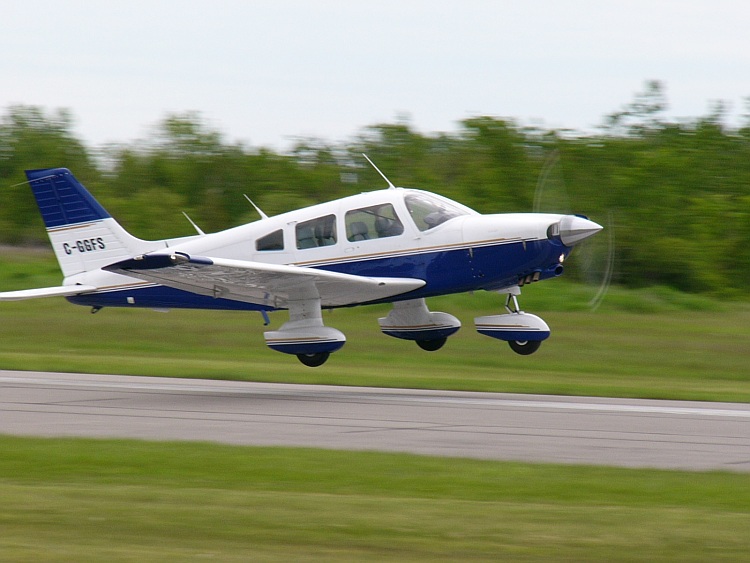
Photo credit: facebook.com
Another popular choice for learning to fly is the Piper PA-28 Cherokee series. These low-wing aircraft offer a slightly different flying experience compared to the Cessna but are equally well-suited for training purposes. The Cherokee’s responsive controls and stable flight characteristics make it an excellent platform for developing precise flying skills.
One of the Cherokee’s advantages is its versatility. As students progress in their training, they can easily transition to more advanced models within the PA-28 family, such as the Arrow or Archer, which share similar handling characteristics but offer increased performance and complexity.
Diamond DA20 Katana: Modern Design for the New Generation
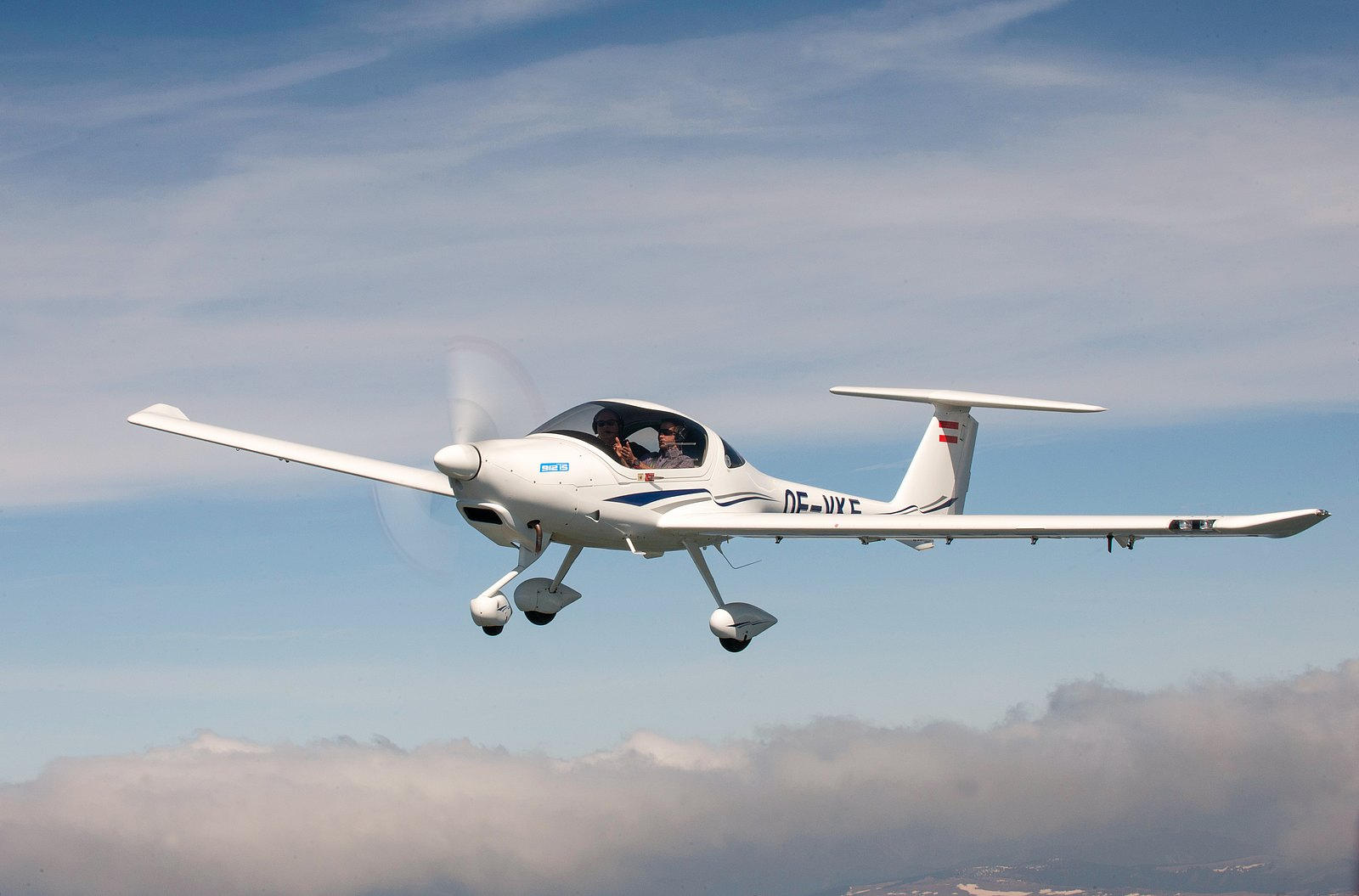
Photo credit: diamondaircraft.com
For those seeking a more modern approach to flight training, the Diamond DA20 Katana offers an attractive option. This sleek, composite aircraft features excellent visibility, responsive controls, and impressive fuel efficiency. Its design incorporates contemporary avionics and safety features, making it an effortless plane to learn modern flying techniques.
The Katana’s lightweight construction and aerodynamic profile contribute to its crisp handling and good performance, even with a smaller engine. This allows students to develop a keen sense of energy management and precise control inputs early in their training.
Cirrus SR20: Cutting-Edge Technology for Tech-Savvy Learners
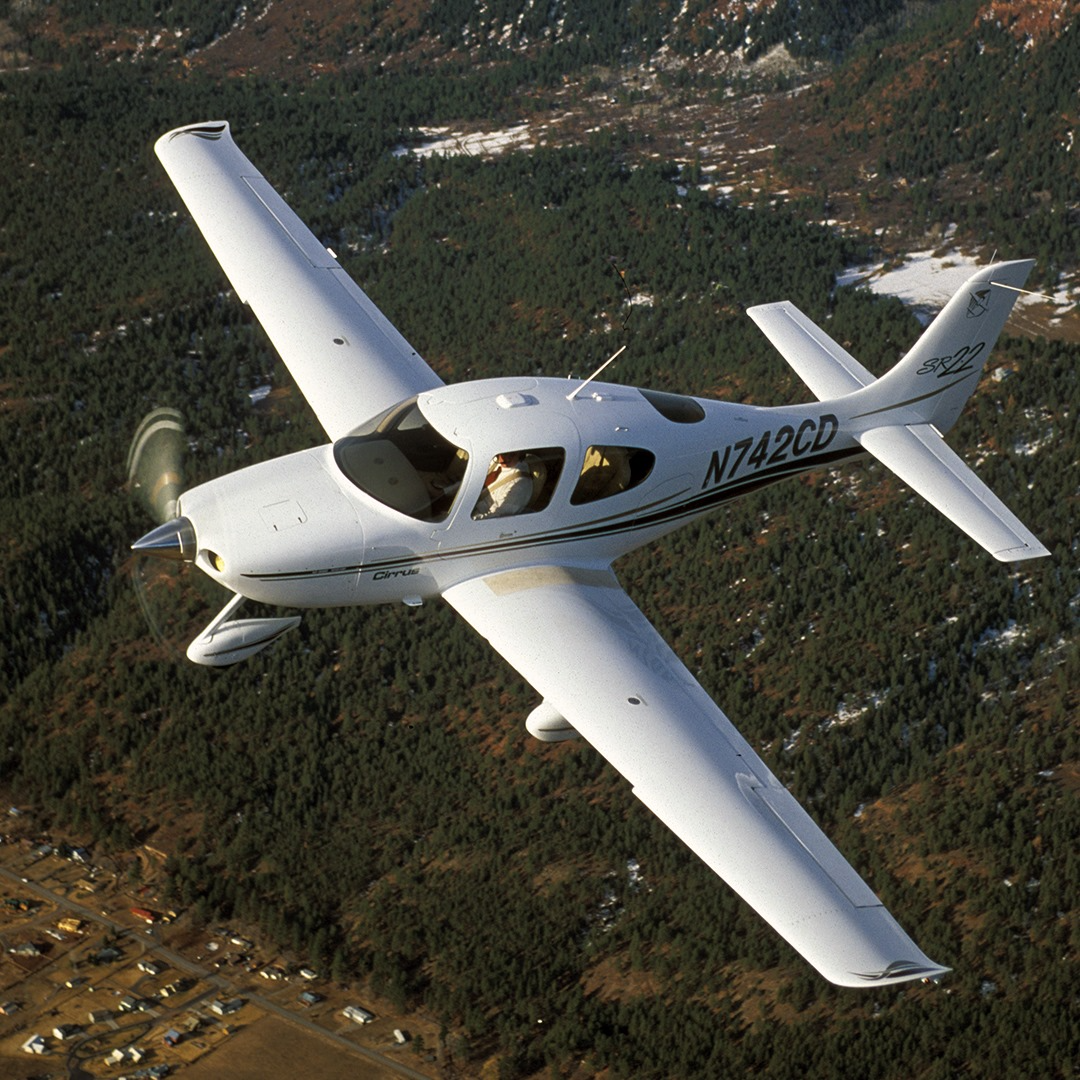
Photo credit: facebook.com
For those who prefer to start their flying journey with the latest technology at their fingertips, the Cirrus SR20 presents an intriguing option. While more complex than traditional trainers, the SR20 offers a smooth transition into modern cockpit environments. Its advanced avionics suite, including a glass cockpit display, introduces students to the kind of technology they’ll encounter in more sophisticated aircraft.
The SR20’s unique feature is its whole-aircraft parachute system, which can provide an added sense of security for nervous beginners. However, it’s important to note that the higher performance and complexity of the Cirrus may require more dedication and study time compared to simpler aircraft.
Van’s RV-12: The Sporty Light Sport Aircraft Option
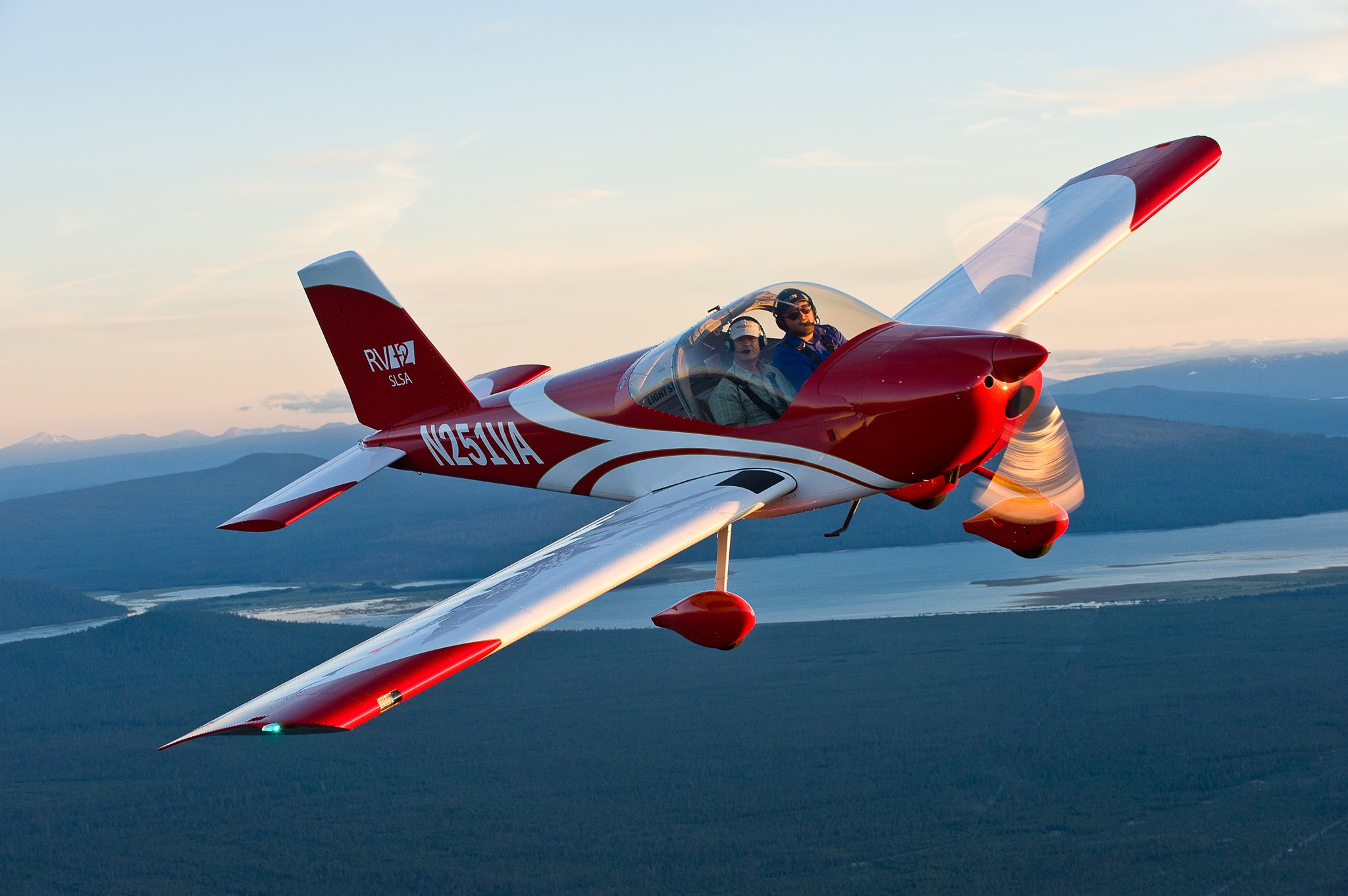
Photo credit: facebook.com
For those interested in a more hands-on approach to aviation, the Van’s RV-12 offers an exciting alternative in the Light Sport Aircraft (LSA) category. This kit-built aircraft combines simplicity with sportiness, making it an effortless plane to learn to fly for those who enjoy a more intimate connection with their machine.
The RV-12’s responsive controls and excellent visibility provide a fun, engaging flying experience. Its simpler systems and lower operating costs make it an attractive option for budget-conscious students. Moreover, the opportunity to participate in building or maintaining an RV-12 can provide valuable insights into aircraft mechanics, enhancing overall piloting skills.
Factors to Consider When Choosing Your Training Aircraft
When selecting the most effortless plane to learn to fly, consider the following factors:
- Availability at local flight schools
- Maintenance costs and reliability
- Rental rates and operating expenses
- Compatibility with your long-term flying goals
- Personal preference for high-wing vs. low-wing designs
- Desired level of technology in the cockpit
Remember, the best training aircraft for you will depend on your individual learning style, budget, and aviation aspirations. It’s always a good idea to try a few different planes before committing to a specific model for your flight training.
While there’s no single “effortless” plane that suits every aspiring pilot, the aircraft mentioned in this article have proven themselves as excellent choices for flight training. Whether you opt for the classic Cessna 172, the versatile Piper Cherokee, the modern Diamond DA20, the high-tech Cirrus SR20, or the sporty Van’s RV-12, each of these planes offers a solid foundation for learning to fly.
Ultimately, the most important factors in your journey to becoming a pilot are your dedication, passion for aviation, and the quality of instruction you receive. With the right attitude and a well-chosen training aircraft, you’ll be well on your way to mastering the art of flight and exploring the boundless skies above.

